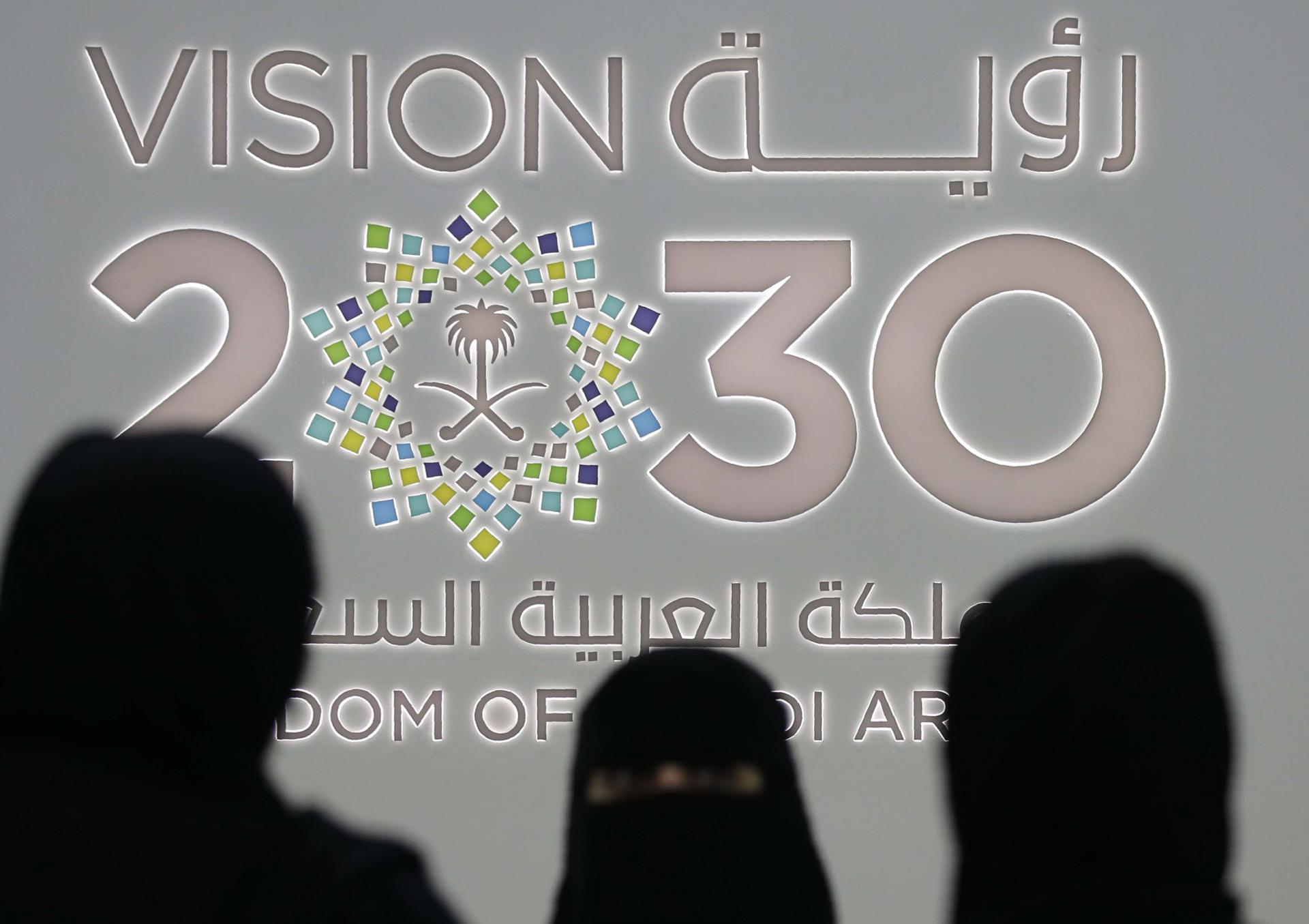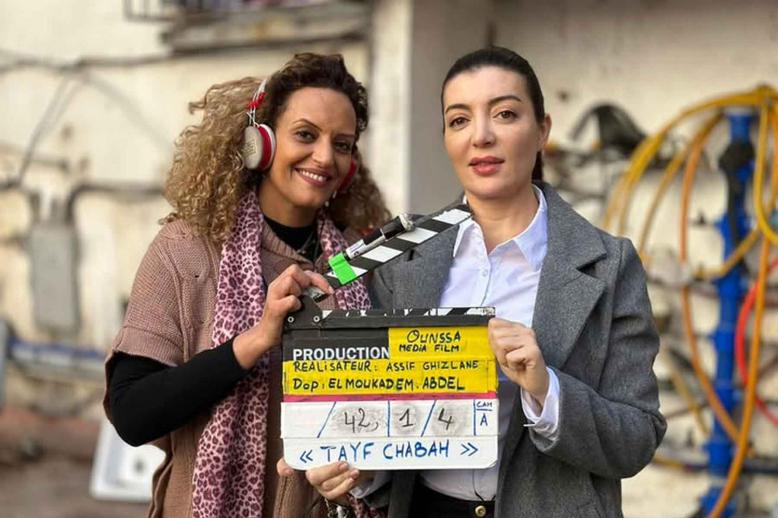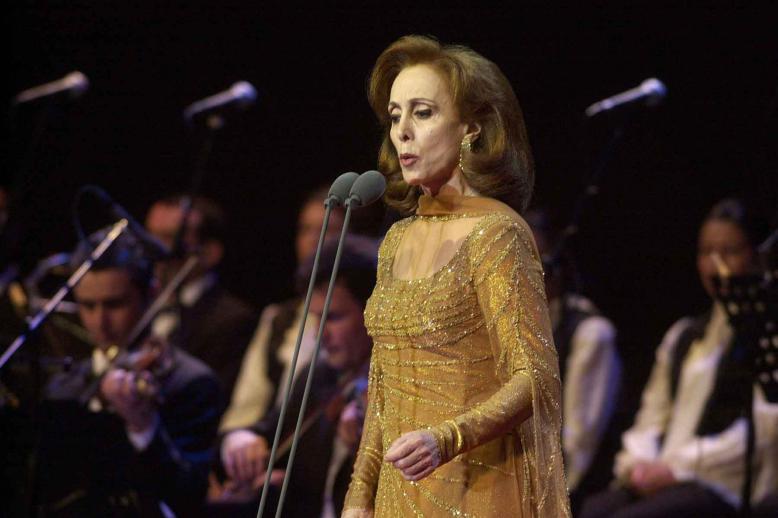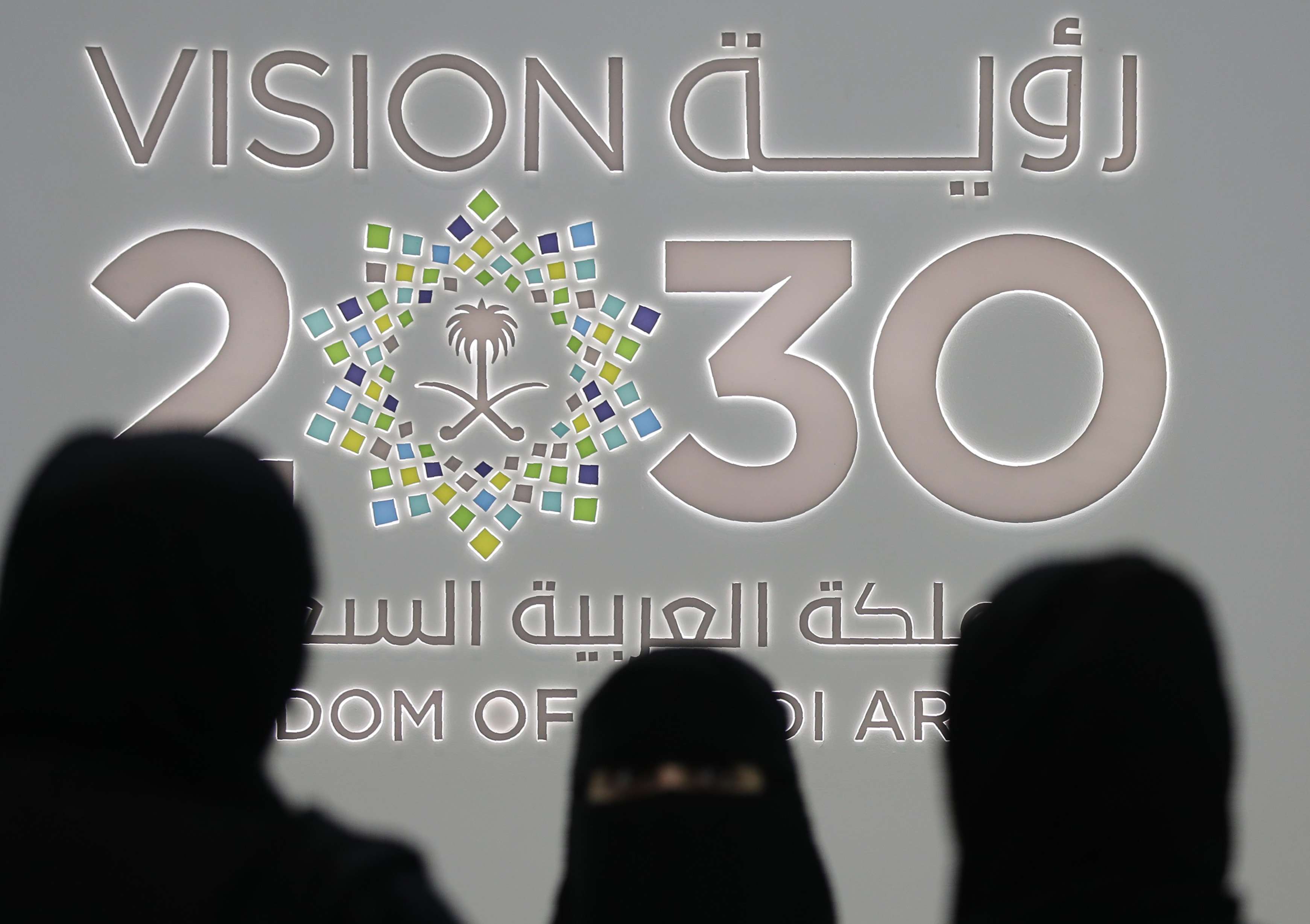Transformative reforms promise ‘bright future’ for Saudi economy
ABU DHABI - Experts foresee a bright economic future for Saudi Arabia based on a positive report of its general budget performance for the fiscal year released by the Saudi minister of finance.
For a country that relied on oil for more than 75% of its national budget at the time of oil decline in 2014, the crisis has brought an opportunity for Saudi Arabia to reinvent itself. The recent report showed Saudi Arabia has improved its public finance performance thanks to reforms aimed at economic diversification and fiscal sustainability.
Some of the factors included transparency and disclosure, as well as a strengthening public fiscal governance. Total revenues, for instance, jumped from $44.3 billion to $67.8 billion from the same period last year.
Credit rating agencies Moody’s and Fitch have also rated Saudi Arabia as having a stable outlook thanks to its economic reforms, as the government aims to achieve fiscal balance by 2023.
“Some of the main developments [witnessed in Saudi Arabia] include a diversification of the overall economy, mainly to wean it off its hydrocarbon addiction,” said Cyril Widdershoven, director of VEROCY, a Dutch consultancy advising on investments, energy and infrastructure risks and opportunities in the region.
“The latter is needed to address the kingdom’s future after the oil and gas era, as the current economy totally depends on oil revenues,” he said.
Opening up 100% ownership of foreign-owned companies inside Saudi Arabia was another factor he mentioned, as well as IKTVA — In Kingdom Total Value Added — a strategy to promote manufacturing and operations inside the country, which has added jobs and income to the national economy.
“The main improvements are already seen in investment sectors, supported by the inclusion of Saudi Arabia in the FTSE and MSCI Emerging markets index, which allows most global pension funds and institutional investors to invest in the Kingdom,” Widdershoven said. “By opening up the economy, a wider approach to investments in non-oil related sectors is generated, bringing additional jobs for Saudis and especially for women.”
He spoke of a need for up to 6 million new jobs, without which no real changes can be made. “The need for change is clear, due to high youth unemployment, low non-oil-related income and future budget deficits, if this is not done,” he added.
Additional measures are being taken to reduce overall subsidy levels on energy, food and other products.
At the same time, the energy sector is going through a wide change, due to an emphasis on renewables, substituting oil and gas power generation by solar and wind or nuclear, which frees up cash in due course.
According to Helmi Hamdi, a research fellow at the CERGAM Aix-Marseille University, oil prices have been declining drastically since June 2014, shifting from $115 per barrel to $27 in January 2016. The drop was considered an all-time low due to an oversupply of oil in the market. “The Saudi economy is heavily financed by oil revenues,” he noted. “In 2014, oil represented more than 90% and 80% of fiscal and export revenue, respectively.
“This weighty reliance on energy revenues is relatively a result of the modest progress Saudi Arabia has made in diversifying its economy away from energy sector resources.”
The sharp and continuous drop of oil prices has pushed Saudi policymakers to rethink their spending and revise their policies.
In April 2016, Crown Prince Mohammed bin Salman bin Abdulaziz announced Saudi Vision 2030, which consists of various economic and social reforms aimed at modernising the Saudi economy and ensuring fiscal sustainability.
“The benefits of their implementation were seen very quickly as they had immediate positive impacts on the economy,” Hamdi said. “Government non-oil revenue increased remarkably during the past three years and by 46% in the past year. The introduction of a value added tax in January 2018 also generated a considerable amount of revenue to the government and a fiscal surplus of $7.5 billion was achieved in the first quarter of this year, which is the first quarterly surplus since at least 2016.”
Hamdi said those reforms were “crucial and inevitable” for the Saudi economy and households alike in order to generate additional revenues, reduce the sudden shock in oil prices, further diversify the economy and ensure that the next generation is safe from oil price volatility. “This is a great achievement showing that the kingdom is currently walking on the right path,” he added.
“I expect the ongoing reforms to achieve their goals of creating 450,000 non-government jobs and reducing Saudi unemployment to 9% by 2020 — a bright future.”
For Charles-Henry Monchau, managing director of asset management and CIO of Al Mal Capital, the steps taken by Saudi authorities to implement changes and reforms have been impressive, although he expects it will take decades to gauge their effectiveness.
New investments in mega-projects, such as the $500 billion-futuristic city NEOM, are also predicted to transform different aspects of the Saudi economy. “We argue that Saudi Arabia as we knew it over the past 30 years would not exist in 10 years,” he explained.
More catalysts with major IPOs and reforms are expected down the road, as foreign inflows of $1.6 billion were witnessed in 2018, despite geopolitical tensions late last year, showcasing strong investor confidence in the country. “The kingdom is moving from a passive to a proactive approach at all levels, from politics and social to economics,” Monchau concluded.
“The goal is for the country’s major cities to be at the same level as other major international cities and for that to happen, Saudi Arabia is a place investors do not want to miss.”
Caline Malek is an Arab Weekly contributor in Abu Dhabi.







